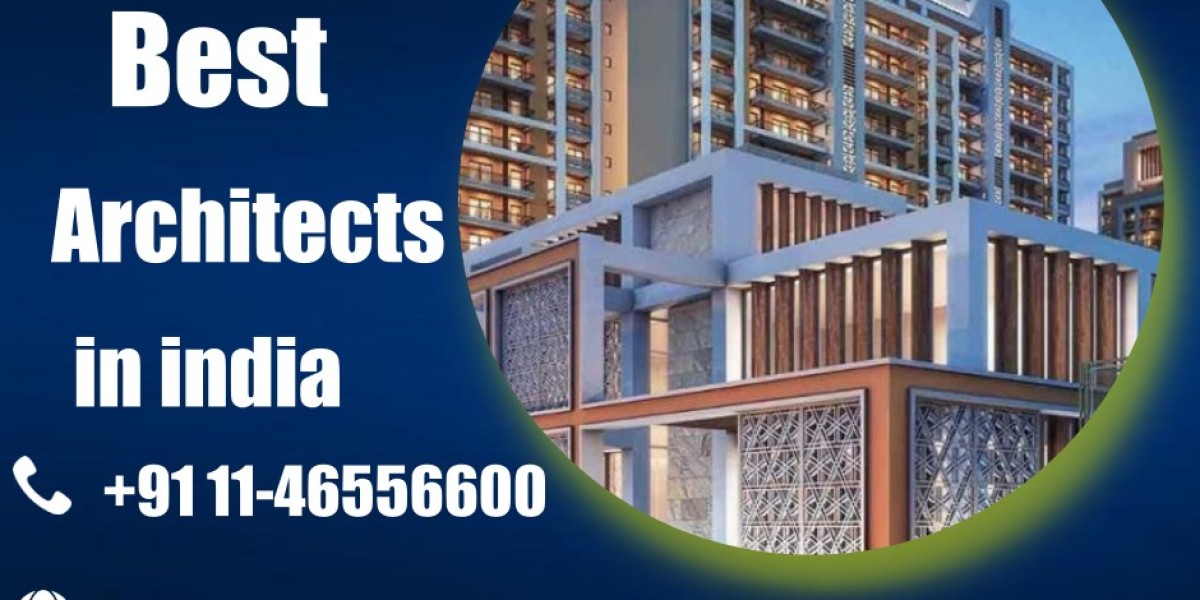Housing architecture is an ever-evolving field that reflects the changing needs and desires of society. Over the centuries, human dwellings have gone through remarkable transformations, from primitive shelters to awe-inspiring skyscrapers. In this blog, we will explore the evolution of housing architects highlighting the key trends that have shaped the way we live today.
1. From Caves to Castles: The Ancient Beginnings
The earliest human dwellings were natural caves or simple huts made from local materials. As societies advanced, architecture evolved to encompass grander structures like castles and fortresses. These structures were built for defense and reflected the hierarchical social structures of the time.
2. The Renaissance of Classical Architecture
With the Renaissance came a renewed interest in classical architecture inspired by ancient Greece and Rome. Symmetry, proportion, and harmonious design became dominant features of housing during this period. Palaces, mansions, and public buildings showcased elaborate facades, columns, and arches, signifying wealth and power.
3. Industrial Revolution: Mass Housing and Urbanization
The Industrial Revolution brought about a significant shift in housing architecture. Urbanization led to an influx of people into cities, resulting in overcrowded and unsanitary living conditions. The need for affordable and efficient housing solutions gave rise to the concept of mass housing, characterized by rows of identical structures, such as tenement buildings and worker housing.
4. The Modernist Movement: Form Follows Function
The early 20th century witnessed the rise of the Modernist movement, led by architects like Le Corbusier and Frank Lloyd Wright. Modernist principles emphasized functionality, simplicity, and the innovative use of materials. Open floor plans, large windows, and clean lines aimed to create spaces that promoted a sense of openness and harmony with nature.
5. Postmodernism: Breaking the Rules
Postmodernism emerged as a reaction to the rigidity of Modernism. Architects like Robert Venturi challenged the notion that form must strictly follow function. Postmodern buildings embraced eclectic styles, historical references, and playful designs. This movement aimed to inject personality and cultural context into architecture, resulting in iconic buildings that became landmarks.
6. Sustainable Architecture: Designing for the Future
As environmental concerns intensified, the focus shifted towards sustainable architecture. Concepts like green building, passive design, and renewable energy integration became crucial in reducing a building's environmental footprint. Top architects in India began to consider the life cycle of materials, energy efficiency, and the overall impact on the surrounding ecosystem.
7. Smart Homes: Technology Meets Living Spaces
In the 21st century, the advent of technology has revolutionized housing architecture once again. Smart homes have emerged as a new trend, integrating automation and connectivity into living spaces. From voice-activated lighting systems to remote-controlled thermostats, these innovations offer convenience and energy efficiency while adapting to the needs and preferences of occupants.
8. Flexible Spaces: Adapting to Changing Lifestyles
In recent years, a growing emphasis on flexible living spaces has gained momentum. With remote work becoming more common and households adapting to changing family structures, homes must be able to transform to meet various needs. Multipurpose rooms, convertible furniture, and adaptable layouts allow residents to optimize their living spaces according to their lifestyle.
Best architects in india has come a long way from its humble beginnings in caves to the futuristic smart homes of today. Throughout history, architecture has been a reflection of societal values, technological advancements, and environmental concerns. As we continue to innovate and adapt, the future of housing architecture holds the promise of even more sustainable, functional, and aesthetically pleasing living spaces that cater to the diverse needs of modern living. By combining elements from the past and embracing the possibilities of technology, we can create housing that not only provides shelter but enriches the lives of its inhabitants in the years to come.




